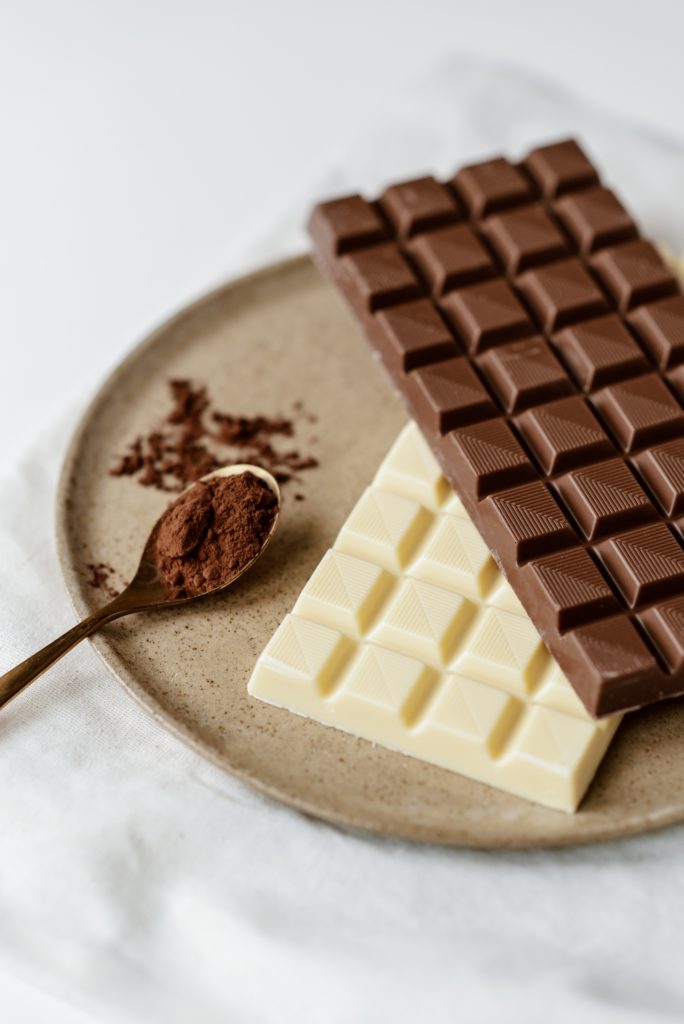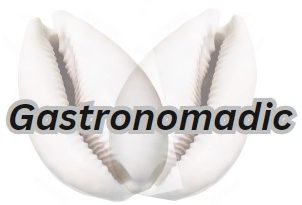Chocolate, a beloved confectionery delight, has captivated hearts and palates for centuries. From its ancient origins as a bitter beverage consumed by Mesoamerican civilizations to its modern iterations in a wide range of delectable forms, it has evolved into a global obsession. I will take you on a captivating journey through the history, production, health benefits, and the sheer pleasure that choco brings to our lives.
A Brief History of Chocolate
Chocolate’s story begins in the tropical rainforests of Central and South America, where the cacao tree (Theobroma cacao) thrived. The ancient Mesoamerican cultures, such as the Maya and Aztecs, were among the first to cultivate and consume cacao.
They transformed cacao beans into a bitter beverage, often flavored with spices and chili peppers. Cacao held great cultural and economic significance, even being used as currency.
It wasn’t until the arrival of Spanish explorers like Hernán Cortés that cacao made its way to Europe. By adding sugar and other flavorings to the beverage, the Europeans began to develop the sweet and creamy version of chocolate that we are more familiar with today. Over time, chocolate spread across the globe, becoming an integral part of various culinary traditions.
From Bean to Bar: The Chocolate-Making Process
The journey from cacao bean to the tempting chocolate bar is a complex and intricate process involving several steps:
- Harvesting and Fermentation: Cacao pods are harvested from the cacao tree, and the beans are extracted. They are then placed in shallow containers to ferment, a crucial step that develops the beans’ flavors.
- Drying: Fermented beans are dried under the sun, reducing moisture content and further enhancing flavor.
- Roasting: Dried beans are roasted to bring out the chocolatey aroma and flavors while also removing any remaining moisture.
- Cracking and Winnowing: The roasted beans are cracked, and the outer shells are removed in a process called winnowing, leaving behind the cacao nibs.
- Grinding: The cacao nibs are ground into a thick paste called chocolate-liquor or cocoa mass. This paste can further be processed to separate the cocoa solids from the cocoa butter.
- Conching and Refining: The chocolate-liquor is refined to achieve a smooth texture. Conching, a mechanical process that involves agitating the chocolate, helps develop the desired flavor and texture.
- Tempering: The choco is carefully cooled and then gently reheated to encourage the formation of stable cocoa butter crystals, giving the it a glossy appearance and a satisfying snap.
- Molding and Cooling: The tempered chocolate is poured into molds to create various shapes and sizes, then cooled and solidified.
- Packaging: Once solidified, the chocolate is removed from the molds, packaged, and ready for distribution.
The Pleasure and Health Benefits
Beyond its irresistible taste, it offers various health benefits when consumed in moderation:
- Mood Enhancement: it contains compounds like phenylethylamine (PEA) and anandamide, which can contribute to feelings of happiness and well-being.
- Antioxidant Power: Dark chocolate, in particular, is rich in antioxidants called flavonoids that help combat free radicals, potentially reducing the risk of chronic diseases.
- Heart Health: Flavonoids in dark chocolate may also support heart health by improving blood flow, reducing blood pressure, and contributing to better cholesterol profiles.
- Cognitive Boost: Some studies suggest that the flavonols in cocoa might enhance cognitive function and protect against age-related decline.
- Nutrient Content: it contains essential minerals like magnesium, iron, and copper, which are important for various bodily functions.
Exploring Chocolate Varieties

- Dark Chocolate: Rich and slightly bitter, dark choco contains a higher percentage of cocoa solids and less sugar. It’s favored by those who appreciate the pure taste of cacao.
- Milk Chocolate: Creamy and sweet, milk choco contains milk solids, cocoa solids, cocoa butter, and sugar, creating a well-balanced flavor.
- White Chocolate: Although technically not choco due to its lack of cocoa solids, white chocolate is made from cocoa butter, sugar, and milk solids, delivering a sweet and creamy taste.
- Flavored Chocolate: Choco can be infused with a variety of flavors, from fruits and nuts to spices and herbs, creating unique and delightful combinations.
Conclusion: A Timeless Delight
Chocolate’s journey from its ancient roots to the present day is a testament to its enduring appeal. From the humble cacao bean to the luxurious truffle, chocolate continues to captivate our senses and bring joy to our lives. Whether enjoyed in its traditional forms or as part of innovative culinary creations, chocolate’s rich history and delectable flavors ensure it will remain a cherished treat for generations to come. So, the next time you savor a piece of chocolate, remember the centuries of history and craftsmanship that have gone into creating this indulgent masterpiece.





